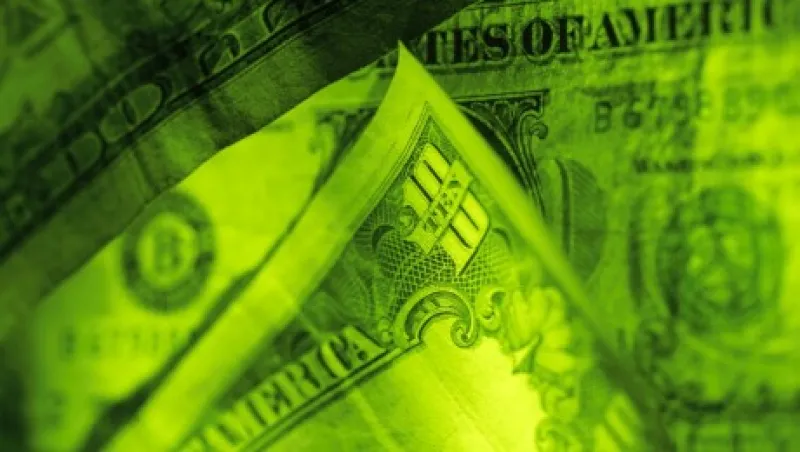First-quarter earnings may not be pretty for some U.S. and multinational corporations, and the surging U.S. dollar will shoulder at least some of the blame for weaker than expected performance. And rightly so. The dollar’s rise by 25 percent since mid-2014 has hampered exports by U.S. firms and reduced profits for multinational corporations converting revenues from other currencies.
In 2015 the depreciation of the yen and euro against the dollar has muddled the foreign exchange situation even further. The U.S. Treasury has criticized the European and Japanese central banks for relying too much on monetary stimulus. Whereas Treasury steered clear of charging currency manipulation, Northern Trust Asset Management’s quarterly survey of approximately 100 investment managers shows that 92 percent expect that either Japan or the euro zone — or the economies of both — will benefit from monetary easing by central banks in those markets.
As the paths of these major central banks diverge, does the strengthening of the dollar portend trouble for financial markets? Rather than speculate, we at Northern Trust Asset Management think a good place to start is to attempt to determine the appropriate value of the dollar.
Our recent commentary on this issue outlines two primary methods for analyzing currencies:
Purchasing power parity. Comparing the value of an economy’s output in real terms versus the value of output in U.S. dollars gives us insight into whether the dollar is over- or undervalued. According to the most recent data from the International Monetary Fund, in 2013 the dollar was slightly undervalued when appraised through a purchasing power lens. The fact that the same goods and services bought outside the U.S. cost 3.7 percent more than when acquired inside the country implies that the greenback was undervalued. Looking at more specific data points but still using a purchasing power parity construct, we find that the dollar was undervalued versus other major currencies prior to the recent dollar appreciation, starting June 30, 2014, by 16 percent, 7 percent and 3 percent versus the pound, euro and yen, respectively. After its recent upward move, the dollar is now overvalued by 7 percent, 13 percent and 14 percent against those same currencies, respectively.
Purchasing power is thought to reach parity over the long term; it can, however, remain in disequilibrium for substantial periods because of trade restrictions and the immobility of some services. A haircut that is 10 percent cheaper in London is not going to motivate much travel to the U.K. The dollar remained significantly overvalued in the 1980s and early 2000s for multiyear periods (see chart).

Sources: Northern Trust, IMF, OECD, Bloomberg. Left panel: Data through 2013. Right panel: Current as of February 27.
Interest rate parity. According to this line of thinking, if the risk-free rate of interest differs between two currencies, the exchange rate between those two currencies should adjust to make up the difference. The U.S. three-month Treasury yields a 0.01 percent rate of interest. Although barely above zero, it looks great compared with the –0.31 percent offered by three-month German Bunds. Assuming that both vehicles are indeed risk free, interest rate parity would predict that the U.S. dollar should depreciate by about 0.3 percent versus the euro over the next three months. Otherwise, an investor could make money by borrowing in euros and putting that money in U.S. dollars.
Interest rate is a construct that tends to sit closer to equilibrium in the near term. This theory does not work well in practice, however. Financial market frictions take away some of the arbitrage opportunities. Also, there are multiple examples of the carry trade phenomenon, in which currencies with higher interest rates actually continue to show appreciation as investors pile in. The concluding point is fairly simple: Because of real-world resistance and investor sentiment, theory does not translate well into practice, and currency moves can be quite volatile and unpredictable.
What does all this mean for portfolio construction? On a tactical basis using a 12-month time horizon, we believe U.S. dollar investors should reduce risks associated with the rising value of the currency. This can be done by underweighting nondollar equity assets such as developed ex-U.S. and emerging-markets equities. Additionally, increased currency risk and rising carrying costs make emerging-markets bonds less attractive. Natural resources constitute another asset class that could suffer because of concerns over the pace of growth in developing economies, as well as the potential for further U.S. dollar strength.
Jim McDonald is the chief investment strategist of Northern Trust in Chicago.
See Northern Trust Asset Management’s disclaimer.
Get more on foreign exchange.






